FULL SCIENCE Curriculum - 40 Lesson Plans, 4 Summative Assessments & 33 Additional Hands-On Experiments (Year 3)
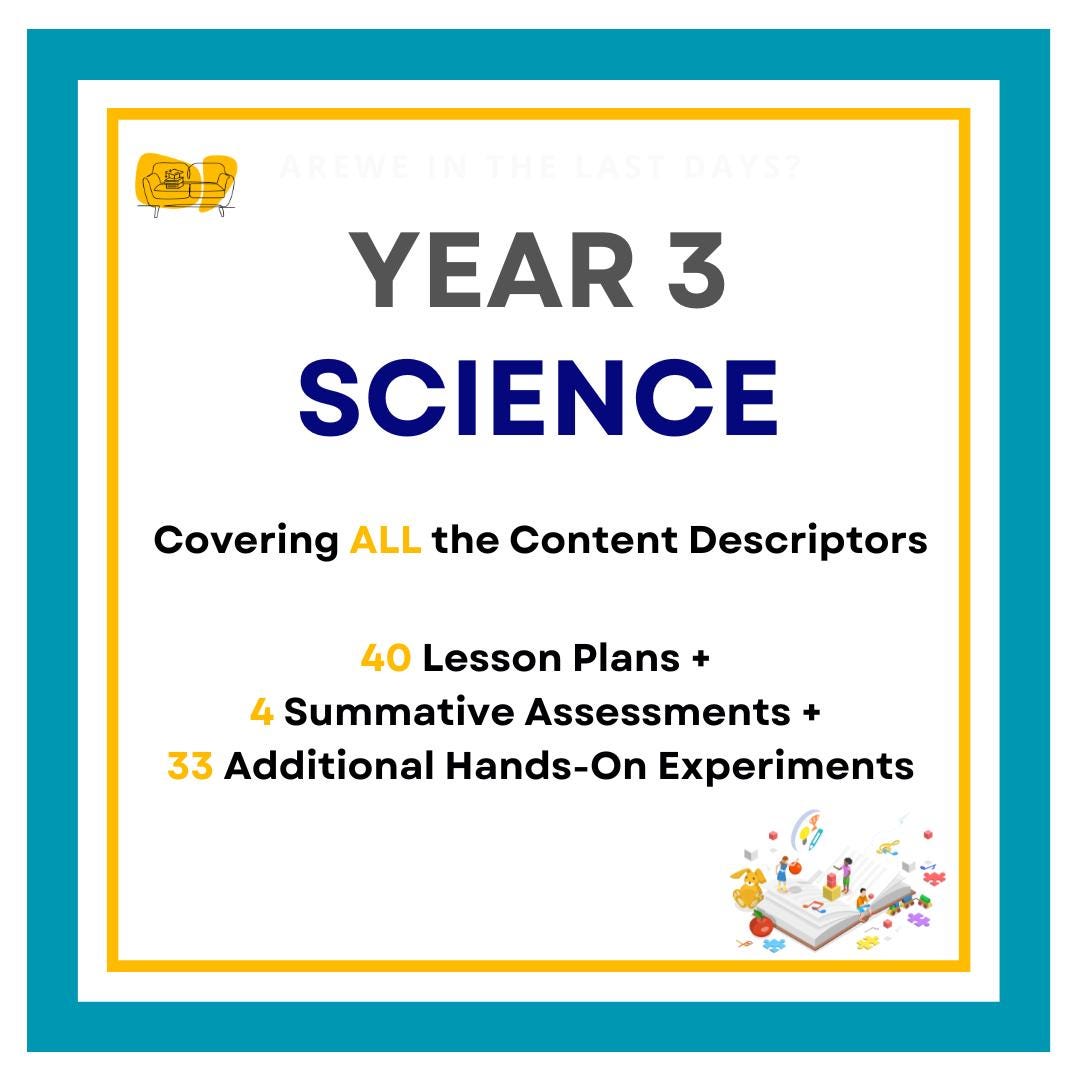

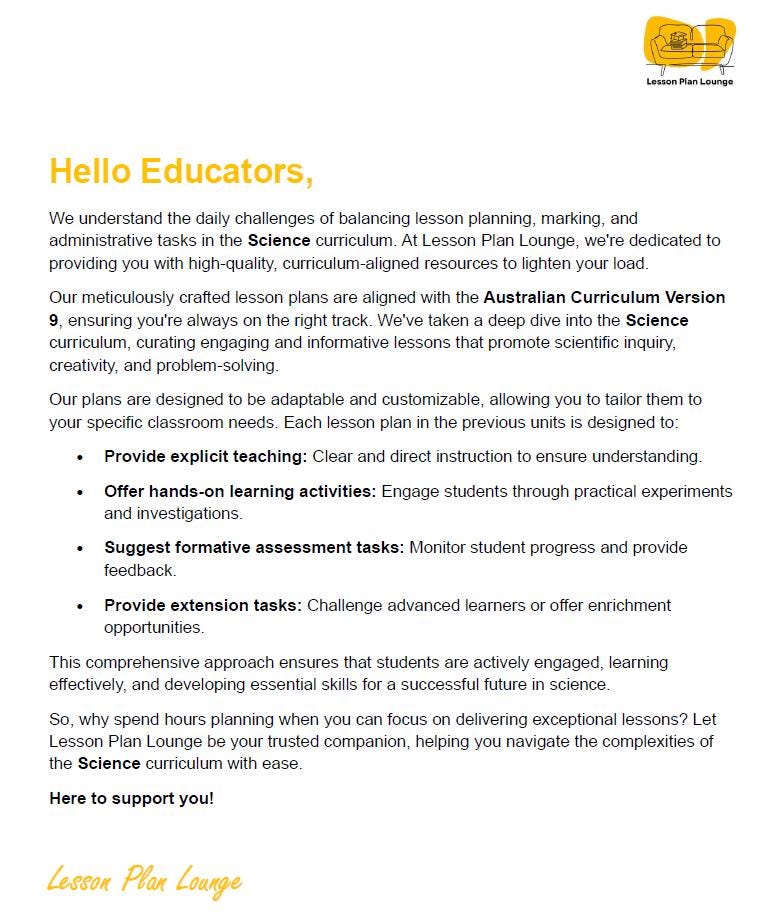
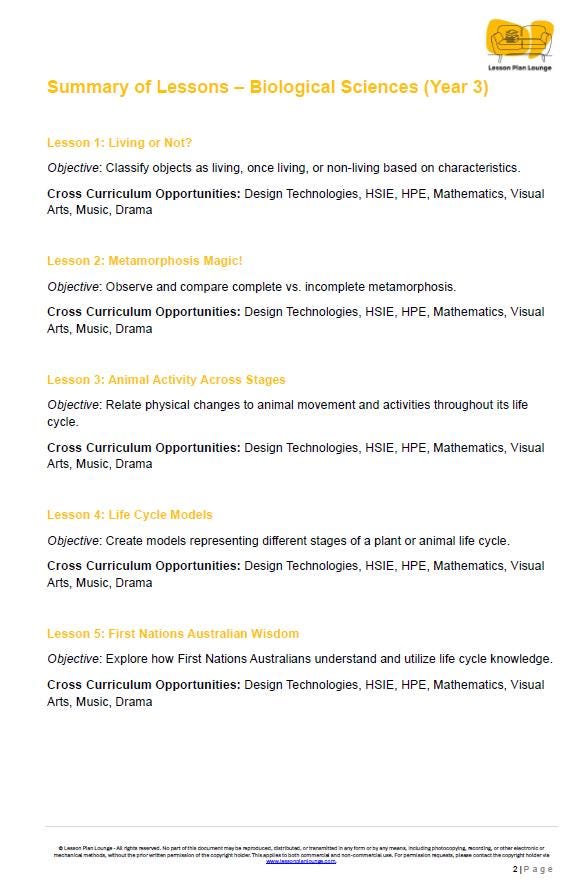
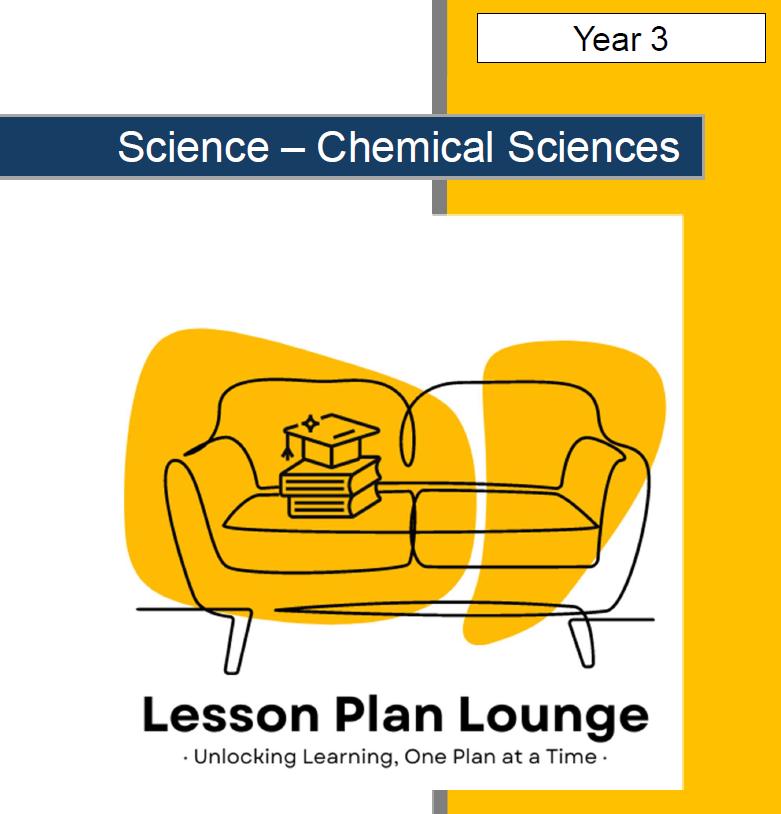
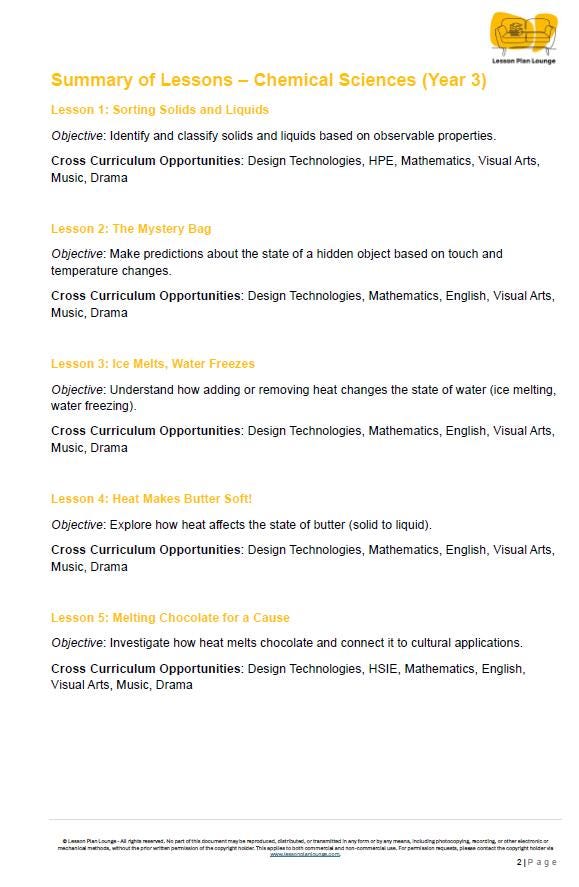
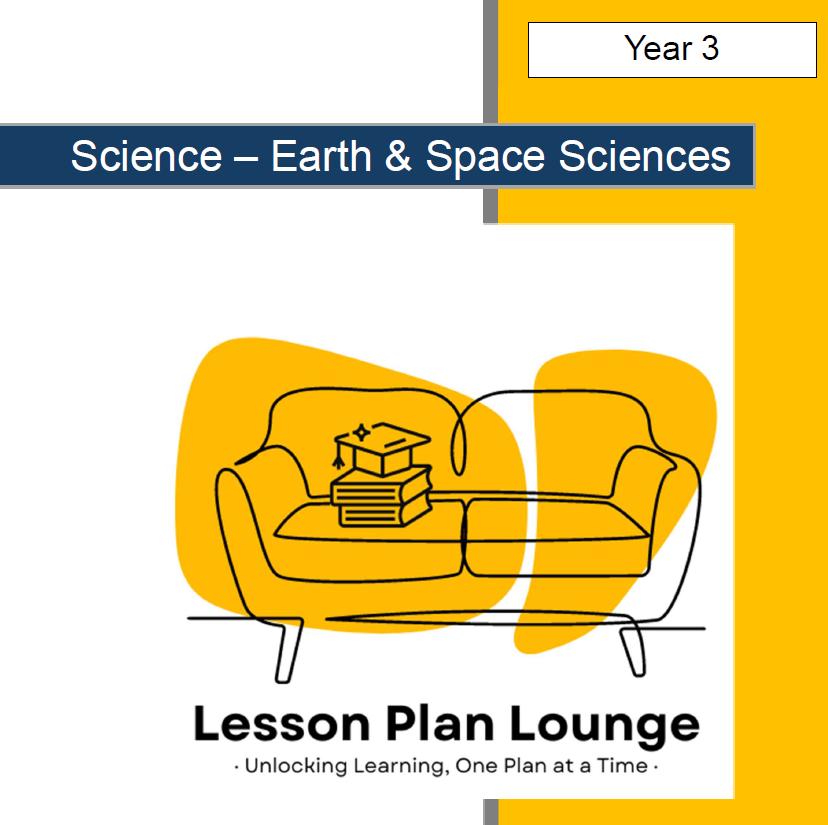

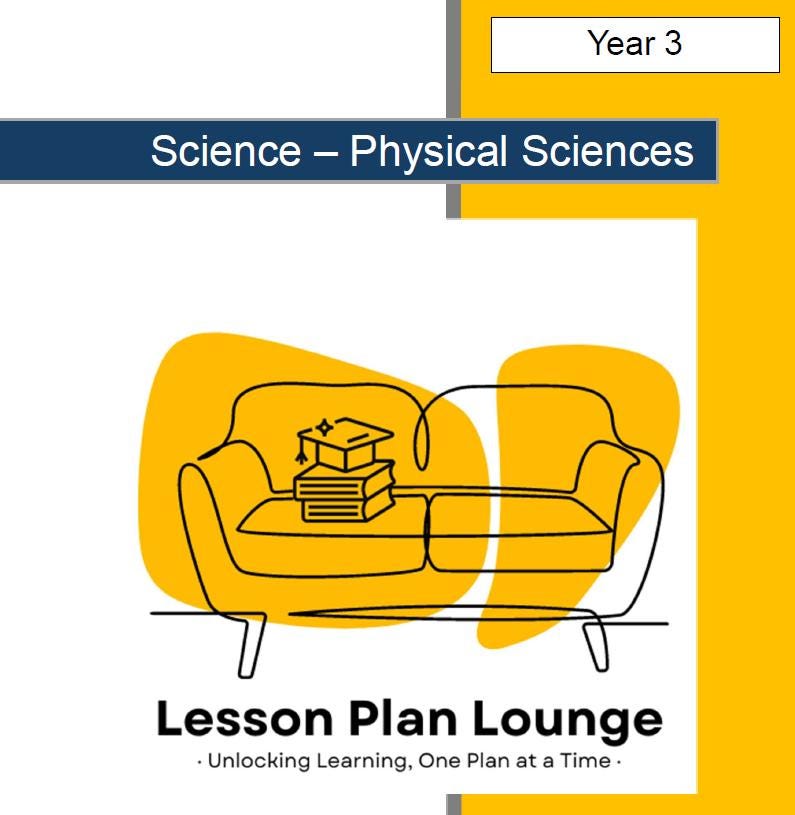
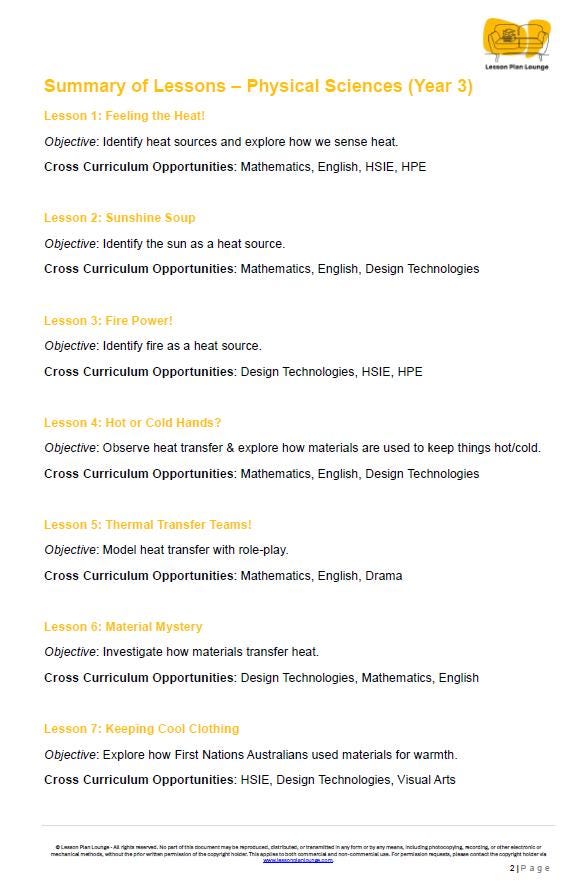
$16.42
These Science (Biological, Physical, Chemical and Earth & Space Sciences) lessons offer: 40 hands-on lessons + 4 Summative Assessments (incl. marking rubric) and 33 Additional Hands-On Learning Tasks/ Experiments (Year 3)
……..
Covering:
Biological Sciences
Covering: AC9S3U01 - compare characteristics of living and non-living things and examine
the differences between the life cycles of plants and animals.
Earth & Space Sciences:
Covering: AC9S3U02 - compare the observable properties of soils, rocks and minerals and
investigate why they are important Earth resources.
Chemical Sciences:
Covering: AC9S3U04: investigate the observable properties of solids and liquids and how
adding or removing heat energy leads to a change of state.
Physical Sciences:
Covering: AC9S3U03: identify sources of heat energy and examine how temperature
changes when heat energy is transferred from one object to another.
General:
Nature and Development of Science
Covering: AC9S3H01 - examine how people use data to develop scientific explanations
Use and Influence of Science
Covering: AC9S3H02 - consider how people use scientific explanations to meet a need or solve a problem
Questioning and Predicting
Covering: AC9S3I01 - pose questions to explore observed patterns and relationships and make predictions based on observations
Planning and Conducting
Covering: AC9S3I02 - use provided scaffolds to plan and conduct investigations to answer questions or test predictions, including identifying the elements of fair tests, and considering the safe use of materials and equipment
Covering: AC9S3I03 - follow procedures to make and record observations, including making formal measurements using familiar scaled instruments and using digital tools as appropriate
Processing, modelling and analysing
Covering: AC9S3I04 - construct and use representations, including tables, simple column graphs and visual or physical models, to organise data and information, show simple relationships and identify patterns
Evaluating
Covering: AC9S3I05 - compare findings with those of others, consider if investigations were fair, identify questions for further investigation and draw conclusions
Communicating
Covering: AC9S3I06 - write and create texts to communicate findings and ideas for identified purposes and audiences, using scientific vocabulary and digital tools as appropriate
Including: hands-on activities, explicit teaching content, formative assessment options, differentiation strategies, extension tasks, summative assessment (incl. marking rubric), cross curriculum opportunities, outdoor learning opportunities, early career/ real life education (related jobs) and materials needed (per lesson).
